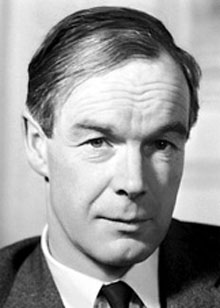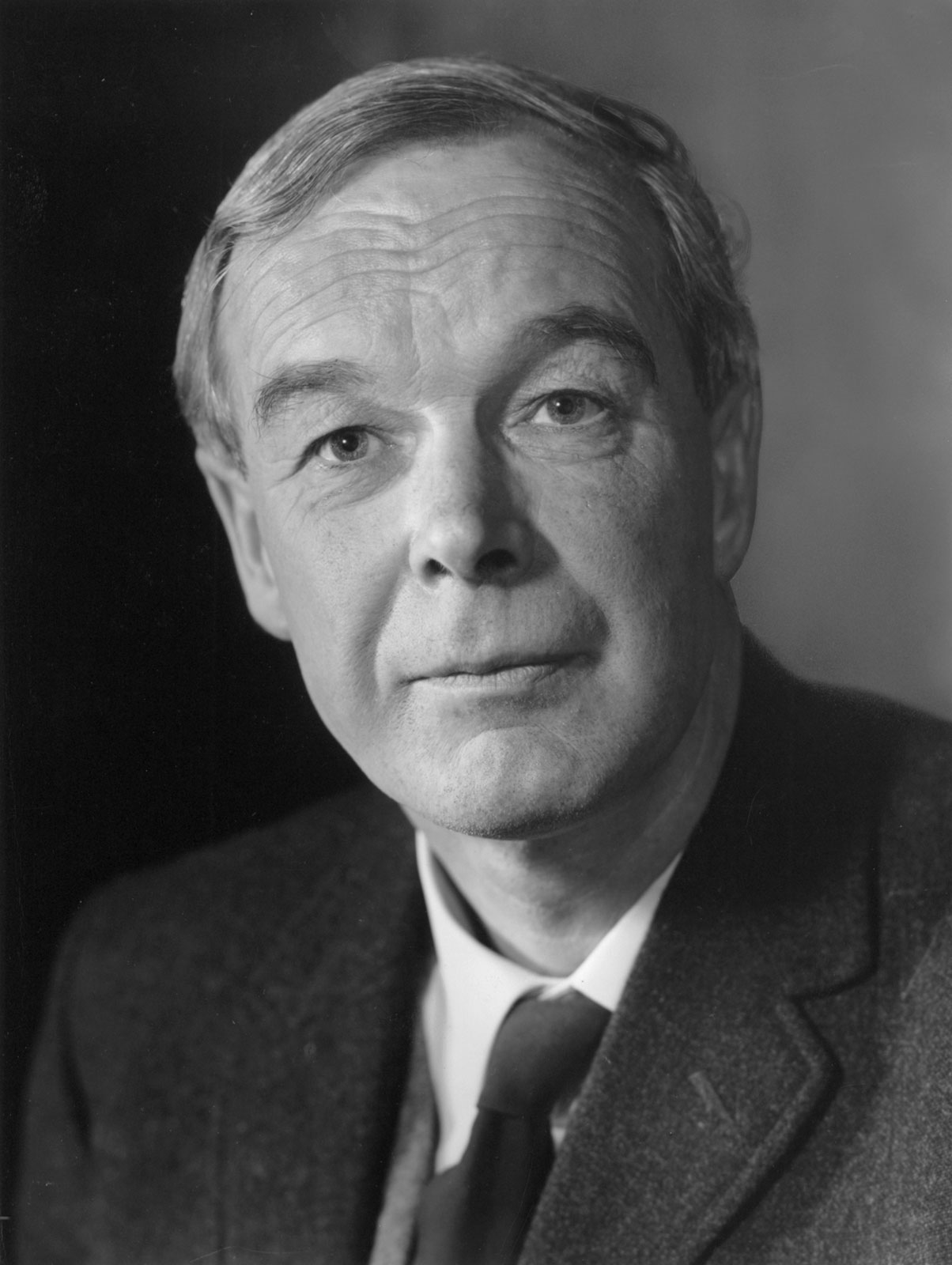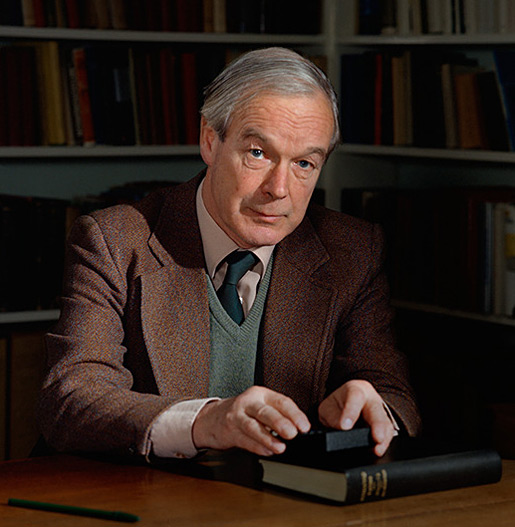<Back to Index>
- Physiologist Alan Lloyd Hodgkin, 1914
- Dramatist Károly Kisfaludy, 1788
- Chilean Hero of the War of the Pacific Ignacio Carrera Pinto, 1848
PAGE SPONSOR



Sir Alan Lloyd Hodgkin, OM, KBE, PRS (5 February 1914, Banbury, Oxfordshire – 20 December 1998 Cambridge, Cambridgeshire) was a British physiologist and biophysicist, who shared the 1963 Nobel Prize in Physiology or Medicine with Andrew Huxley and John Eccles.
Hodgkin was educated at Malvern College, Gresham's School, and Trinity College, Cambridge. In 1930, he was the winner of a bronze medal in the Public Schools Essay Competition organized by the Royal Society for the Protection of Birds.
During the Second World War, he volunteered to work on Aviation Medicine at Farnborough and was subsequently transferred to the Telecommunications Research Establishment (TRE) where he worked on the development of centimetric radar, including the design of the Village Inn AGLT airborne gun - laying system. Earlier, in March 1941, Hodgkin had flown on the test flight of a Bristol Blenheim fitted with the first airborne centimetric radar system.
With Andrew Fielding Huxley, Hodgkin worked on experimental measurements and developed an action potential theory representing one of the earliest applications of a technique of electrophysiology, known as the "voltage clamp". The second critical element of their research was the use of the giant axon of Atlantic squid (Loligo vulgaris), which enabled them to record ionic currents as they would not have been able to do in almost any other neuron, such cells being too small to study using the techniques of the time. The experiments started at the University of Cambridge, beginning in 1935 with frog sciatic nerve, and soon after they continued their work using squid giant axons at the Marine Biological Association Laboratory in Plymouth. In 1939, reporting work done in Plymouth, Alan Hodgkin and Andrew Huxley published a short paper in the journal Nature announcing their achievement of recording action potentials from inside a nerve fibre. Research was interrupted by World War II but after resuming their experimental work in Plymouth, the pair published their theory in 1952.
In 1963, with Huxley, he won the Nobel Prize in Physiology or Medicine for their work on the basis of nerve "action potentials," the electrical impulses which enable the activity of an organism to be coordinated by a central nervous system. Hodgkin and Huxley shared the prize that year with John Carew Eccles, who was cited for his research on synapses. Hodgkin and Huxley's findings led them to hypothesize ion channels, which were confirmed only decades later. Confirmation of ion channels came with the development of the patch clamp leading to a Nobel prize in 1991 for Erwin Neher and Bert Sakmann.
From 1971 to 1984, Hodgkin was Chancellor of University of Leicester. From 1978 to 1984, Hodgkin was Master of Trinity College, Cambridge. Creator of the Hodgkin Cycle.
Alan Lloyd Hodgkin was knighted (KBE) in 1972 and appointed to the Order of Merit in 1973. From 1970 to 1975 he was President of the Royal Society.